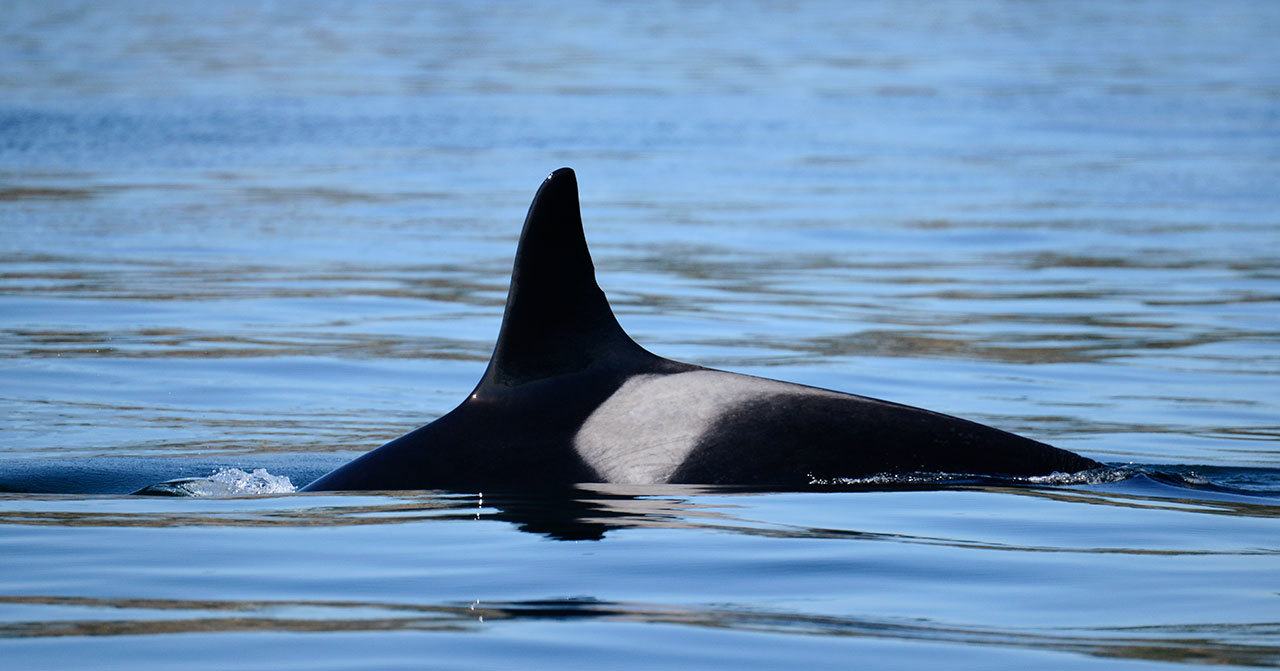By The Herald Editorial Board
The recent deaths of two famous orca whales gives us a chance to reflect on these magnificent creatures and the completely opposite lives they led — one in captivity, the other in the Salish Sea.
SeaWorld announced on Friday that Tilikum — the orca that became the poster child for the cruelty of captivity and isolation — died from persistent health problems, including a bacterial lung infection. Tilikum was estimated to be 36 years old, and will forever be remembered for being linked to three deaths, the last when a SeaWorld trainer was killed during a performance in 2010.
Tilikum’s infamous reputation was undeserved, as the documentary “Blackfish” helped explain: In their natural habitat, there is no record of an orca harming a human. Even in captivity, they rarely act out of aggression, but rather trying to play. Experts determined Tilikum was likely trying to play with the trainer’s ponytail when she was killed in 2010. In the wild, an orca can swim 100 miles a day; they are highly social animals that travel in pods. Living alone in a tank is cruel and unusual punishment for such a huge, intelligent mammal. They can become depressed. Tilikum became an unwitting killer, and with his life and death, a martyr for mammals kept out of their natural element, whose story hopefully has ended such captivity forever.
Thanks to the power of “Blackfish” and other journalism about orcas, attendance fell at SeaWorld, and the company announced in 2016 that the orca breeding program and theatrical shows would end. Tilikum, born off the waters of Iceland, was captured around age 2 and remained captive until he died. Last March, SeaWorld announced he was dying. Male orcas in the wild have an average life span of 50 to 60 years, making Tilikum’s 36 years seem very short indeed. On the other hand, Tilikum lived longer than the median survival rate for orcas in in U.S. marine parks, which is just 12 years.
The other orca death being mourned is that of Granny, (her official name was J2) the oldest member of the small population of endangered Puget Sound orcas, who was believed to be 105 years old.
“With regret we now consider her deceased,” researcher Ken Balcomb wrote in a post on the website of the Center for Whale Research on San Juan Island. While her age is something to celebrate, the loss of another orca from the small group is always a concern to marine scientists. Especially in 2016, when six other whales were reported missing or dead.
This much studied population is down to 78, the center reported. Despite a decade of research, protection and recovery efforts, the Los Angeles Times reported, the orcas continue to struggle primarily due to a lack of food, pollution and disturbances by marine vessels. They were listed as endangered in 2005.
Granny was most recently being studied for menopause — which only humans, orcas and short-finned pilot whales experience. Granny was a post-reproductive leader, who helped care for young and pass on knowledge of good feeding grounds to young members, The Telegraph reported.
Darren Croft, a University of Exeter professor of evolutionary biology, told the paper it was “just incredible” to think of what Granny lived through.
“She lived through the live captures and in recent years her world has changed dramatically with dwindling salmon stocks and increases in shipping threatening the survival of this incredible population,” Croft said.
Additionally, the data on Granny collected over the last 40 years by the whale center will continue to benefit research for decades to come. Tilikum’s experience, and short life, will also continue to inform, and hopefully help us from ever repeating such mistakes again.
Talk to us
> Give us your news tips.
> Send us a letter to the editor.
> More Herald contact information.

























